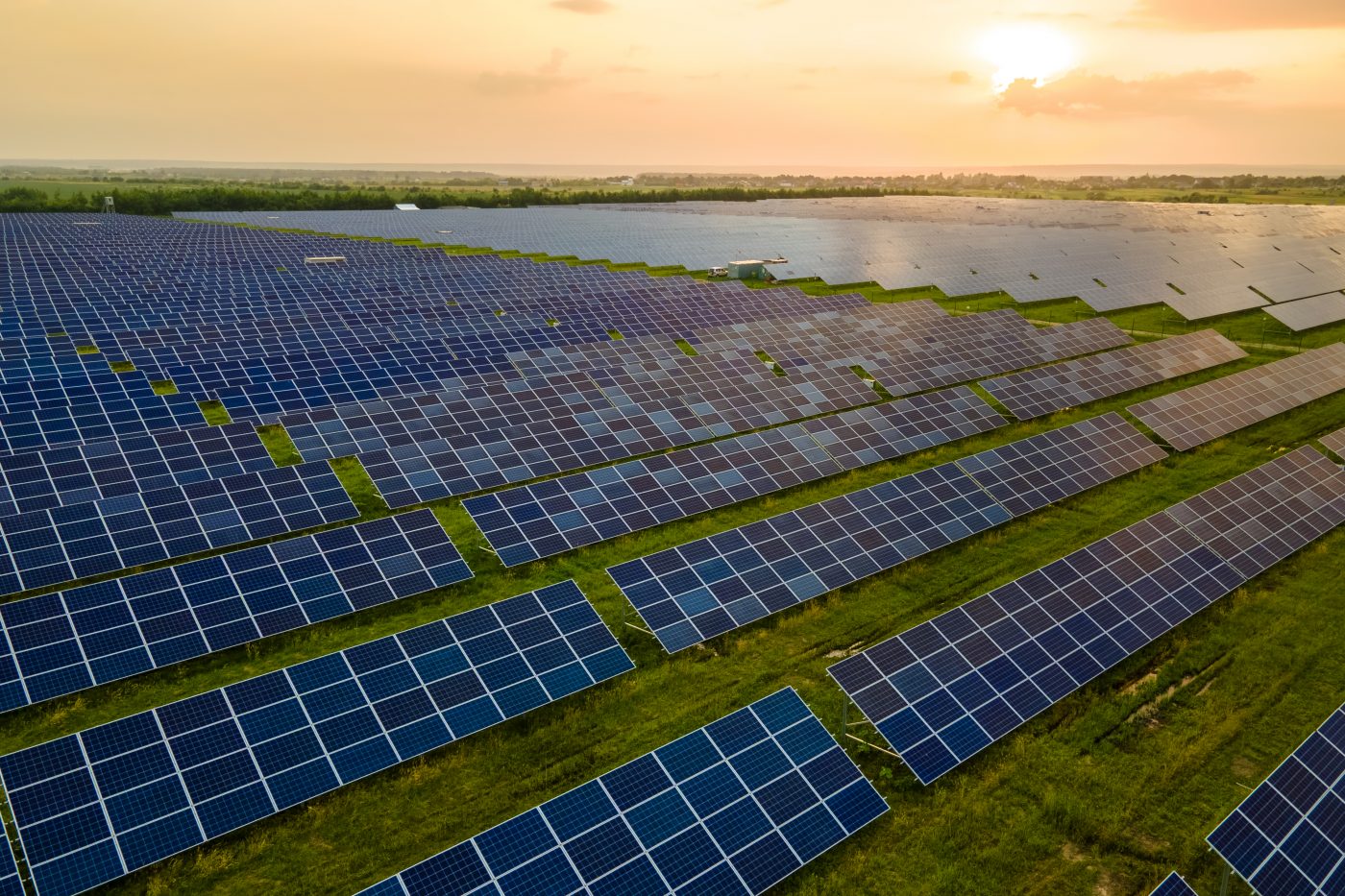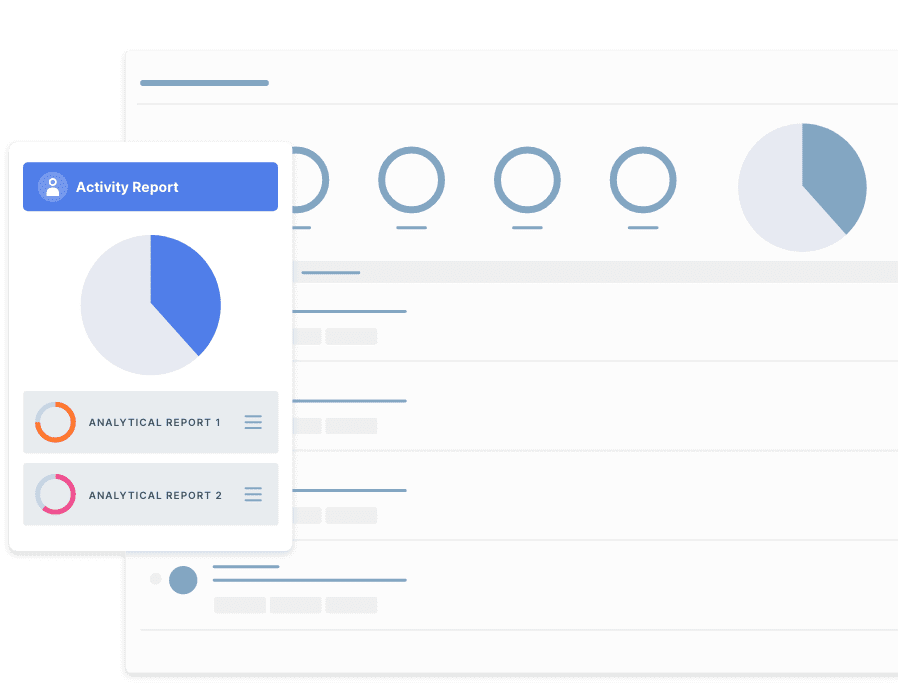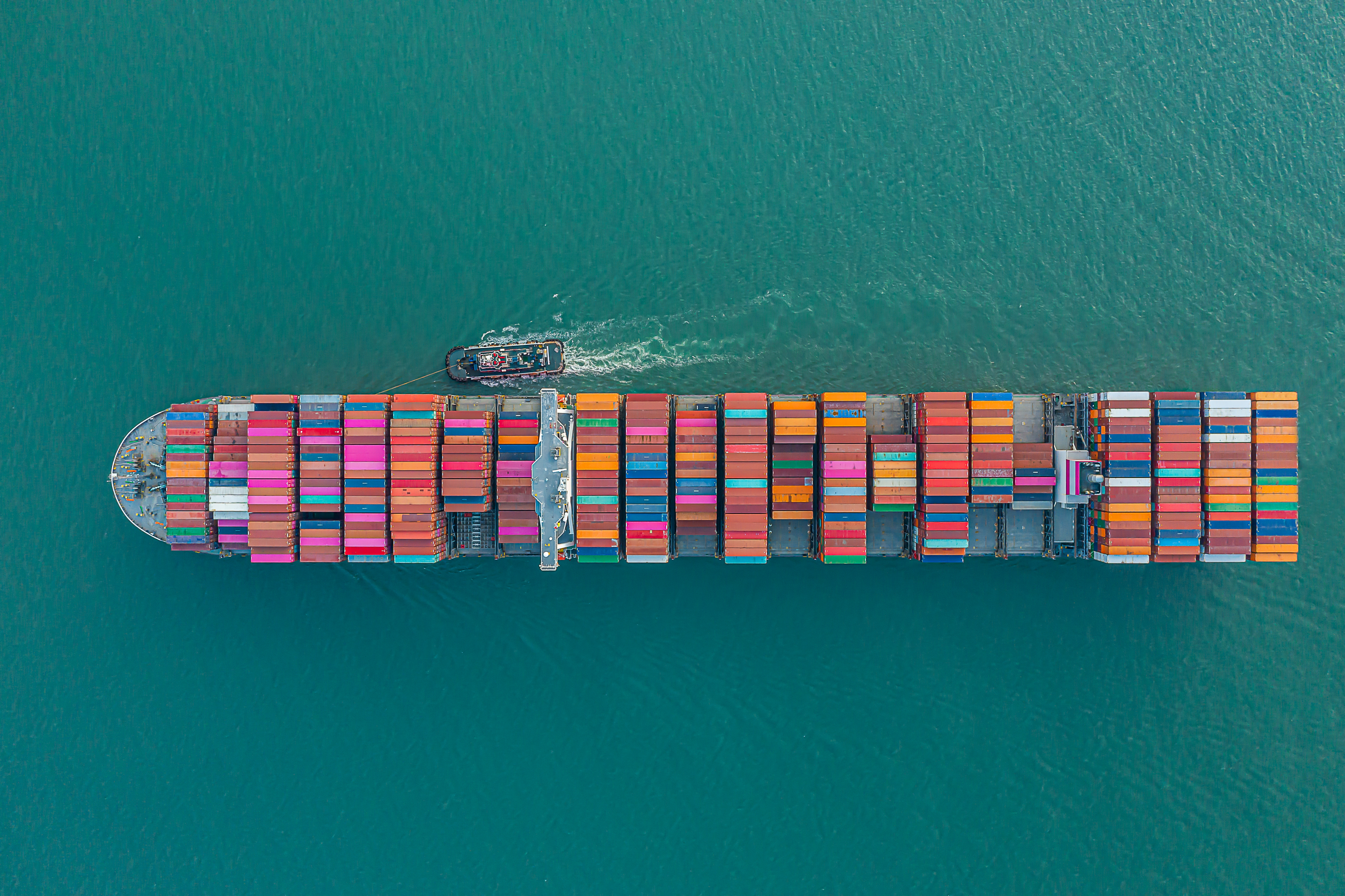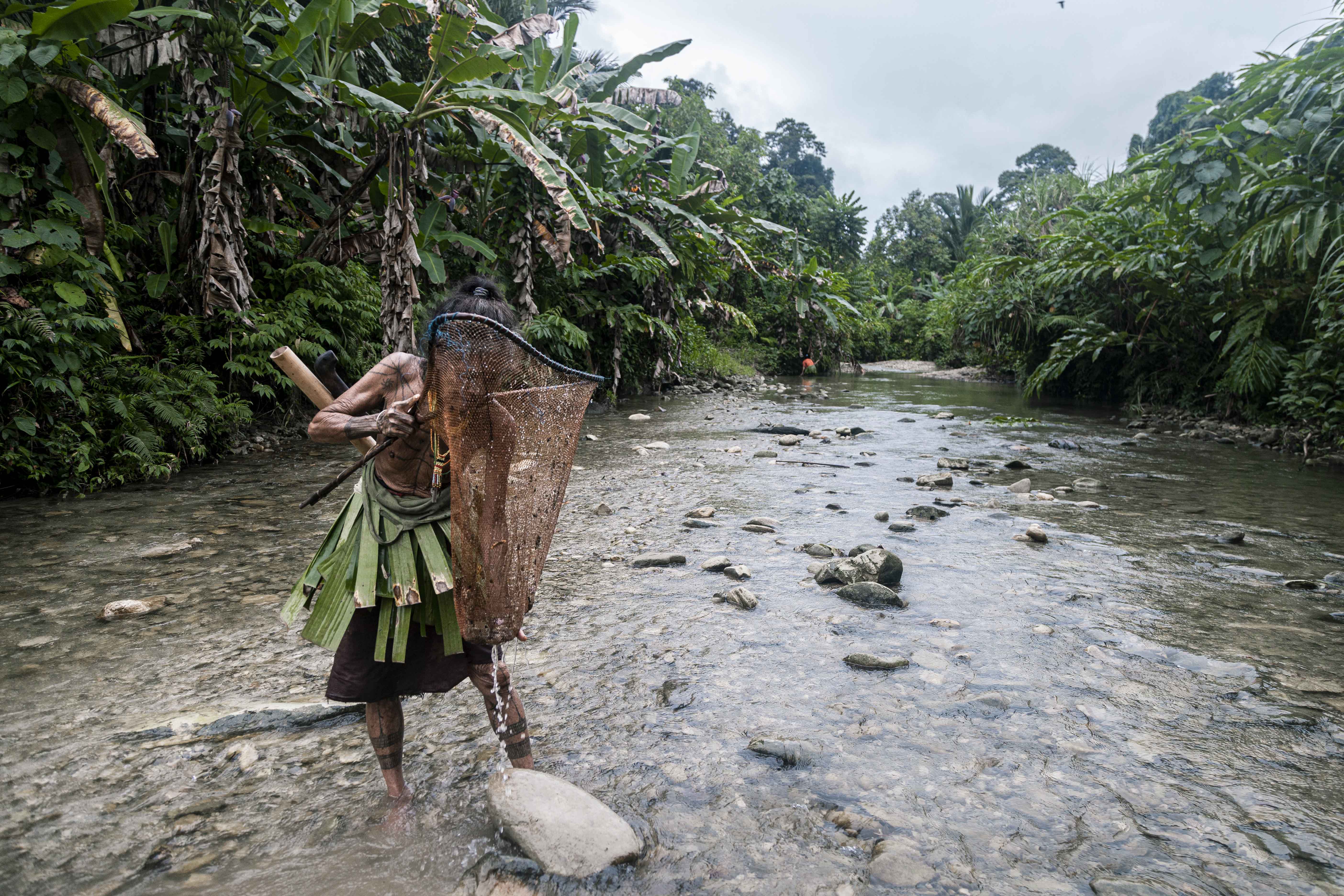
Regulatory content
ESG: Sustainable Resource Use
Our global coverage includes mandatory laws, regulations and standards, proposed, enacted & amended, as well as voluntary frameworks, guidance documents, factsheets containing disclosure requirements related to sustainable resource use and circular economy across business activities. Note: we do not cover voluntary national standards.
ESG: SUstainable resource use
28
Languages Supported
40
Subject Matter Experts
ESG: Sustainable Resource Use
Content Overview
Sustainable resource use refers to how a company affects resource use, including the depletion of non-renewable resources, sustainable sourcing and the regenerative production of renewable resources.
Regenerative production is an approach to managing agroecosystems that provide materials that create positive outcomes for nature (for example in forestry). These outcomes include healthy soils, improved air and water quality, and higher levels of carbon sequestration.
This includes:
- Their actions and plans to prevent material negative impacts from resource use;
- Their plans and capacity to adapt their strategy and business model in line with circular economy principles (including in production, use phase and at end of functional life) For example, plans to minimising waste, maintaining the value of products, materials and other resources at their highest value and enhancing their efficient use in production and consumption;
- The nature, type and extent of the company’s material risks and opportunities related to their impacts and dependencies, arising from resource use and circular economy, and how the undertaking manages them;
- The financial effects over the short-, medium- and long-term time horizons of material risks and opportunities arising from their impacts and dependencies on resource use and circular economy.
In particular, this content area focuses on:
- resource inflows including the circularity of material resource inflows, considering renewable and non-renewable resources;
- resource outflows including information on products and materials; and
- waste, including measures to prevent waste generation along the value chain and to manage material impacts arising from waste generated.
Resources Inflow may include reporting on :
- the overall total weight of products and materials used during a certain reporting period;
- the weight of renewable input materials from regenerative sources used;
- the weight of reused or recycled products and materials (non-virgin) used).
Resource Outflow discloses how the company contributes to circular economy by:
- designing products and materials in line with circular principles
- the extent to which products, materials and waste processing are recirculated in practice after first use; and
- the company’s waste management strategy and the extent to which the company understands how its waste is managed in its own activities.
The disclosures may cover:
- Description of the processes used to identify and assess material resource use and circular economy-related impacts (for example the tools and methodology used to identify actual and potential risks in a company;s operations and value chain from its activities)
- Implementation of company policies to manage its material impacts (for example how the company has transitioned away the use of virgin non-renewable resources to sustainable options; use of regenerative production of renewable resources and regeneration of ecosystems; and risks and opportunities in its own operations and along the upstream and downstream value chain.)
- Planned or adopted targets to support its resource use and circular economy policy and to address its material impacts, risks and opportunities (for examples targets on: (a) the increase of circular design; (b) the increase of circular material use rate; (c) the minimisation of virgin non-renewable raw material with possibly targets for both virgin non-renewable raw material and targets for virgin renewable raw material; (d) the reversal of the depletion of the stock of renewable resources; (e) the waste management, including preparation for proper treatment)
Coverage Included
Our regulatory content in C2P is historically comprehensive with a robust QA process to ensure quality, consistency and accuracy. Below is a high level summary of our coverage for this content area:
- EU: Sustainability Reporting Standards, Regulation 2023/2772 (specifically on Annex 1 – ESRS E5- Resource use and circular economy)
- EU Green Deal, Regulation (EU) 2019/2088 (SFDR)
- EU: New Circular Economy Action Plan for a Cleaner and More Competitive Europe, Communication, March 2020
- EU: Waste Directive, 2008/98/EC – Amendment – (on EPR schemes, database of SVHC uses in products, etc.) Directive (EU) 2018/851

Learn more about our Regulatory Coverage
Speak to one of our team today for more information on our regulatory content.






